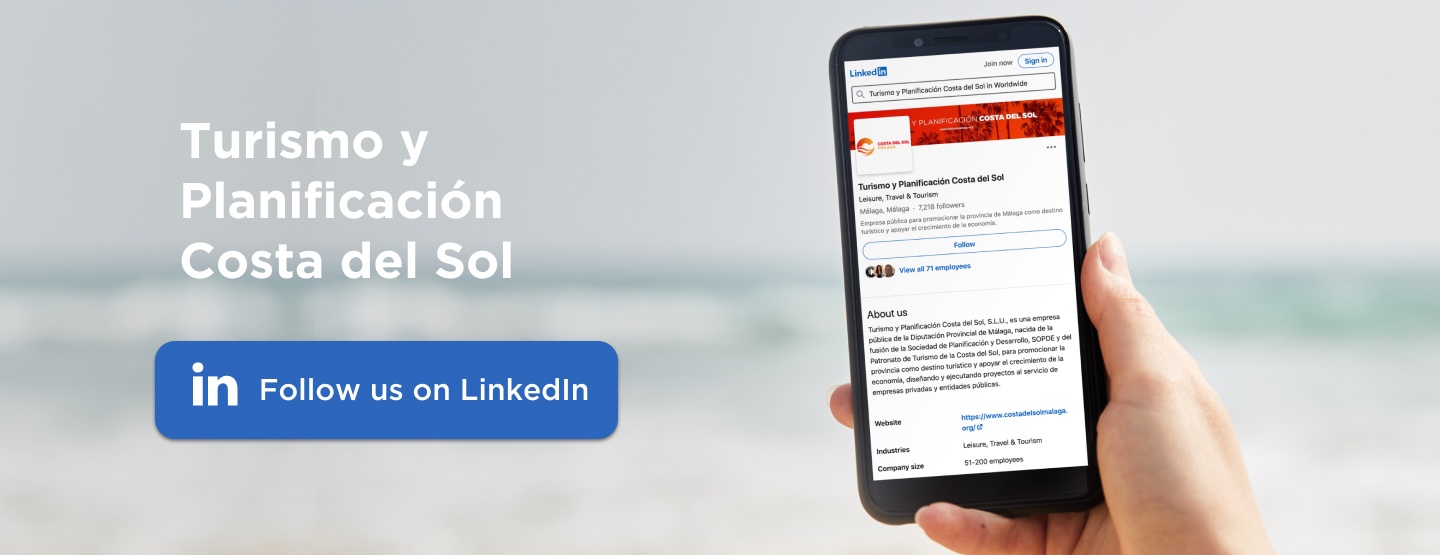Over recent years, tourism marketing has changed significantly, evolving to meet the changing needs and behaviours of consumers. In this context, tourism marketing – and in particular, digital tourism marketing – has become an indispensable tool for the industry. Want to know which tourism marketing strategies will be the star of 2023? Keep reading.
Tourism marketing trends 2023
Personalisation
We all like to feel special and unique and, as consumers, this brings on a whole new meaning. Marketing and advertising are two areas where companies must do exactly that. If you are to capture a consumer’s interest and connect with them, you need to create relevant content for each user type. Personalising destinations, trips and experiences is a trend on the rise. Users are constantly looking for things that are new, things that are different, meaning that companies need to focus their energies on creating new and personalised ideas. What’s more, tourism companies mustn’t forget that the journey begins when the potential customer first starts thinking about it.
Mobile first
You don’t need us to tell you that smartphones have become indispensable in our day-to-day life. And the same is true when we travel. Offering maps, directions, recommendations, accommodation and restaurant options, smartphones may be one device but they meet all sorts of different needs. Inspiration for a getaway, therefore, may come from wherever the user happens to be, whether that’s at home, on the way to work or anywhere else. As such, companies must make sure that their campaigns have been optimised to be viewed on mobile phones.

Video marketing, the new star of content
In recent years, video has become the star of content across all social media sites. It’s an incredibly versatile and effective tool for connecting with consumers. Its main benefits are its ease in capturing the audience’s attention and making them understand the message.
The boom of native advertising
Consumers don’t want to be interrupted and seek a more intimate connection with brands. It is therefore essential that consumer preferences are at the heart of the whole process. Native advertising is a form of paid content that adapts in form and functionality to where it appears, enabling brands to connect with the user in a less intrusive way. It’s the perfect way to offer users increasingly personalised and relevant experiences.
The metaverse
Another tourism marketing trend for 2023 is the rise of the metaverse, which takes users on getaways. According to booking.com, over a third of Spanish people are interested in virtual trips. Moreover, 39% of Spanish travellers say that they will be inspired by virtual reality to book their 2023 holiday.

Remote work and business trips
After two difficult years marked by the coronavirus pandemic, the MICE sector is forecast to grow significantly in 2023. Digital nomads are another market niche that is on the up. This new type of traveller represents an interesting prospect for many destinations like the Costa del Sol. Every year, thousands of people from around the world are drawn in by the beautiful weather and incredible lifestyle, seeking to live the destination like a local.
Other trends in tourism marketing such as process automation and the combination of online and offline strategies will also define 2023. While it is true that digital is fast gaining ground over offline, it doesn’t mean that you should leave the latter by the wayside and focus solely on the former.







